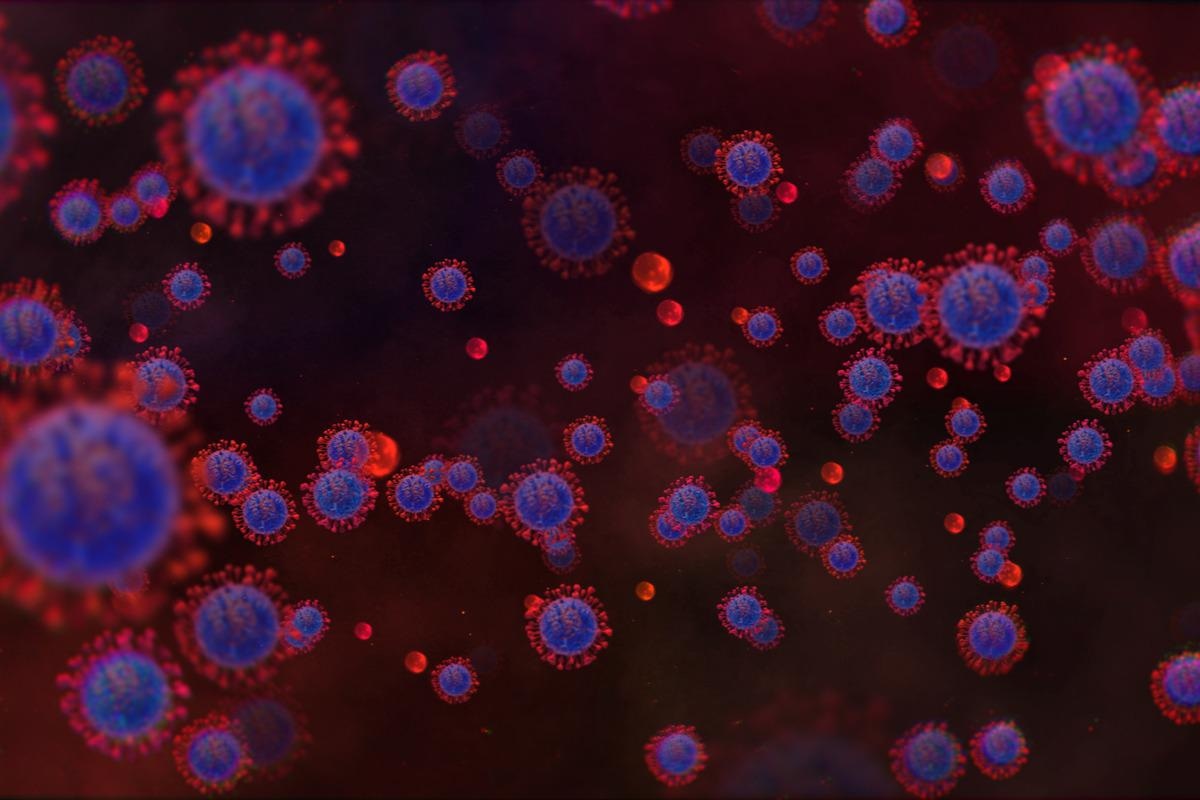The novel coronavirus disease 2019 (COVID-19), caused by the severe acute respiratory syndrome coronavirus 2 (SARS-CoV-2), has taken over 5.21 million lives so far, over less than two years. At present, the emergence of new variants with higher transmissibility and the ability to evade host immune defenses threatens the world with further, possibly more destructive, waves of infection.
The need of the hour is for more specific antiviral strategies to mitigate disease severity and hospitalization rates, and thus bring down the mortality, among patients with SARS-CoV-2 infection.
 Study: Synthesis and Identification of Novel Potential Molecules Against COVID-19 Main Protease Through Structure-Guided Virtual Screening Approach. Image Credit: eyeidea/Shutterstock
Study: Synthesis and Identification of Novel Potential Molecules Against COVID-19 Main Protease Through Structure-Guided Virtual Screening Approach. Image Credit: eyeidea/Shutterstock
A new study published in Applied Biochemistry and Biotechnology deals with the identification of a potential antiviral compound using an approach called structure-guided virtual screening. This could help develop additional drugs to help fight this deadly virus.
Background
SARS-CoV-2 is a beta-coronavirus with multiple structural and non-structural proteins. The best-known among these are the spike protein on its surface, with the nucleocapsid that makes up its protein coat. The spike protein mediates infection by attaching to the host angiotensin-converting enzyme 2 (ACE2) receptor, entering the cell and initiating viral replication.
The ribonucleic acid (RNA) single-stranded genome of the virus encodes a number of proteins, which are cleaved from the two large polyproteins ORF1ab. This cleavage occurs at specific sites through the action of the viral main protease (Mpro) enzyme.
Since the pandemic began, drug repurposing efforts have gone on apace, with drugs like chloroquine and hydroxychloroquine, favipiravir, remdesivir, and ritonavir all being tried out against 15 SARS-CoV-2 proteins that present drug-susceptible targets. Some of these have been found to bind strongly to the Mpro enzyme, and could present a template for the synthesis of novel furin protease inhibitors.
Computational modeling approaches have been employed to identify the compound ABBV-744 as a potential Mpro inhibitor. In the current study, reported in the journal Applied Biochemistry and Biotechnology, two novel heterocyclic derivatives of this compound were explored in silico to understand their potential antiviral activity.
What did the study show?
A combination of approaches was used, including X-ray crystallography, Hirschfeld surface and electrostatic potential surfaces (EPS) study, molecular docking, and molecular dynamics (MD) simulations. The interactions between different units of these molecules were examined using these methods, as well as the mode of binding and their interactions with the Mpro protein.
X-ray crystallography helped them obtain a clear idea of the crystal structure of the two compounds, while the Hirshfeld surface studies showed the regions where the molecules interacted with each other by hydrogen bonds. The bond lengths, bond angles, and torsion angles were solved by DFT, showing excellent agreement between the experimental and calculated correlates.
MD simulations were done to mimic the rigidity of the protein structure as well as the fluctuations during interactions and the structure stability. It was found to be greatest for compound 4, which showed the least changes in conformation and fluctuations while forming a strong structurally stable complex with SARS-CoV-2 Mpro. However, both compounds were stable in complex with the enzyme.
The researchers obtained the highest docking scores for both the ligands when they were bound to the key amino acids at the enzyme’s active site, through hydrogen or hydrophobic bonds. These included histidine, cysteine, methionine, and glutamic acid residues. These bonds were confirmed to be stable using MD simulations, with low binding energy.
With a binding energy E of − 8.6 kcal/mol, compound 4 docked into the Mpro active pocket with two hydrogen bonds, as well as other types of bonds. Compound 5 also had a good binding affinity with E = − 8 kcal/mol.
Further validation of these results came with the calculation of binding free energy, which estimates the atomic-level interactions between the therapeutic ligand and its cognate biomolecule. Both compounds had very favorable results, indicating high intermolecular affinity and stability.
What are the implications?
The synthesized compounds might be helpful in the fight against COVID-19 prior to biological activity confirmation in vitro and in vivo.”
Not only do they show significant interactions with the Mpro enzyme that may lead to the activation of the receptor, causing antiviral effects, but these are stable interactions occurring at high affinity.
These findings could influence the direction of future drug design to develop potent inhibitors of this enzyme.
Journal reference:
Bakri, Y. E. et al. 2021. Synthesis and Identification of Novel Potential Molecules Against COVID-19 Main Protease Through Structure-Guided Virtual Screening Approach. Applied Biochemistry and Biotechnology. doi: https://doi.org/10.1007/s12010-021-03615-8. https://rd.springer.com/article/10.1007%2Fs12010-021-03615-8